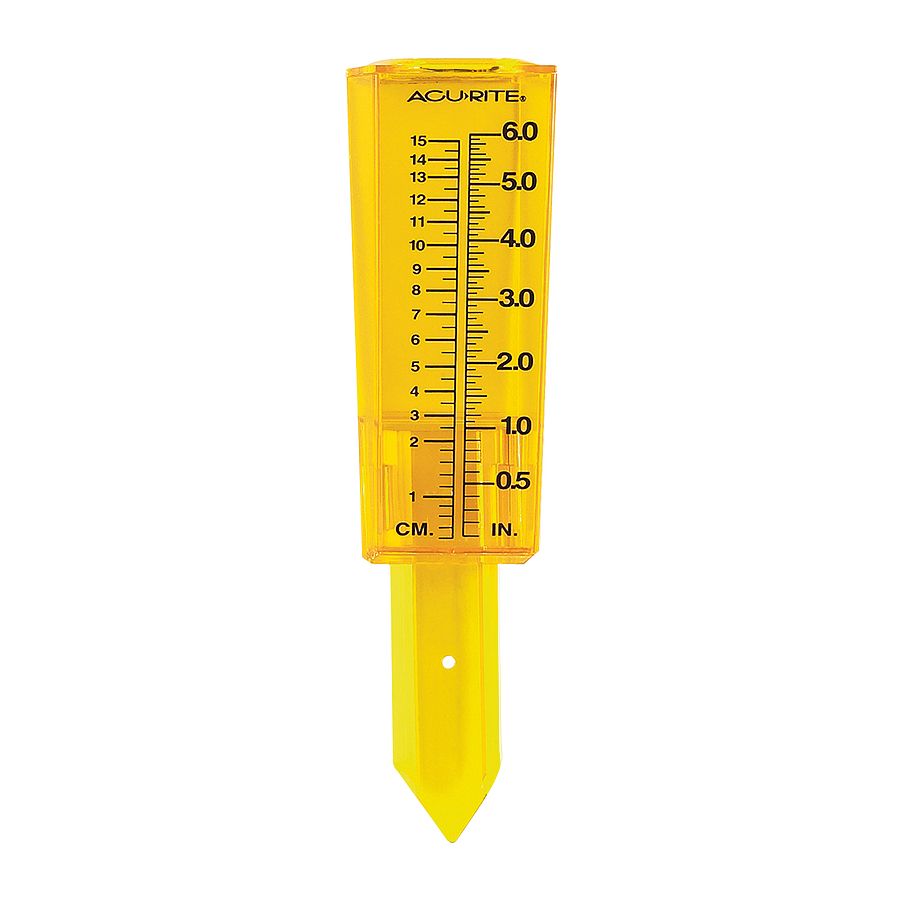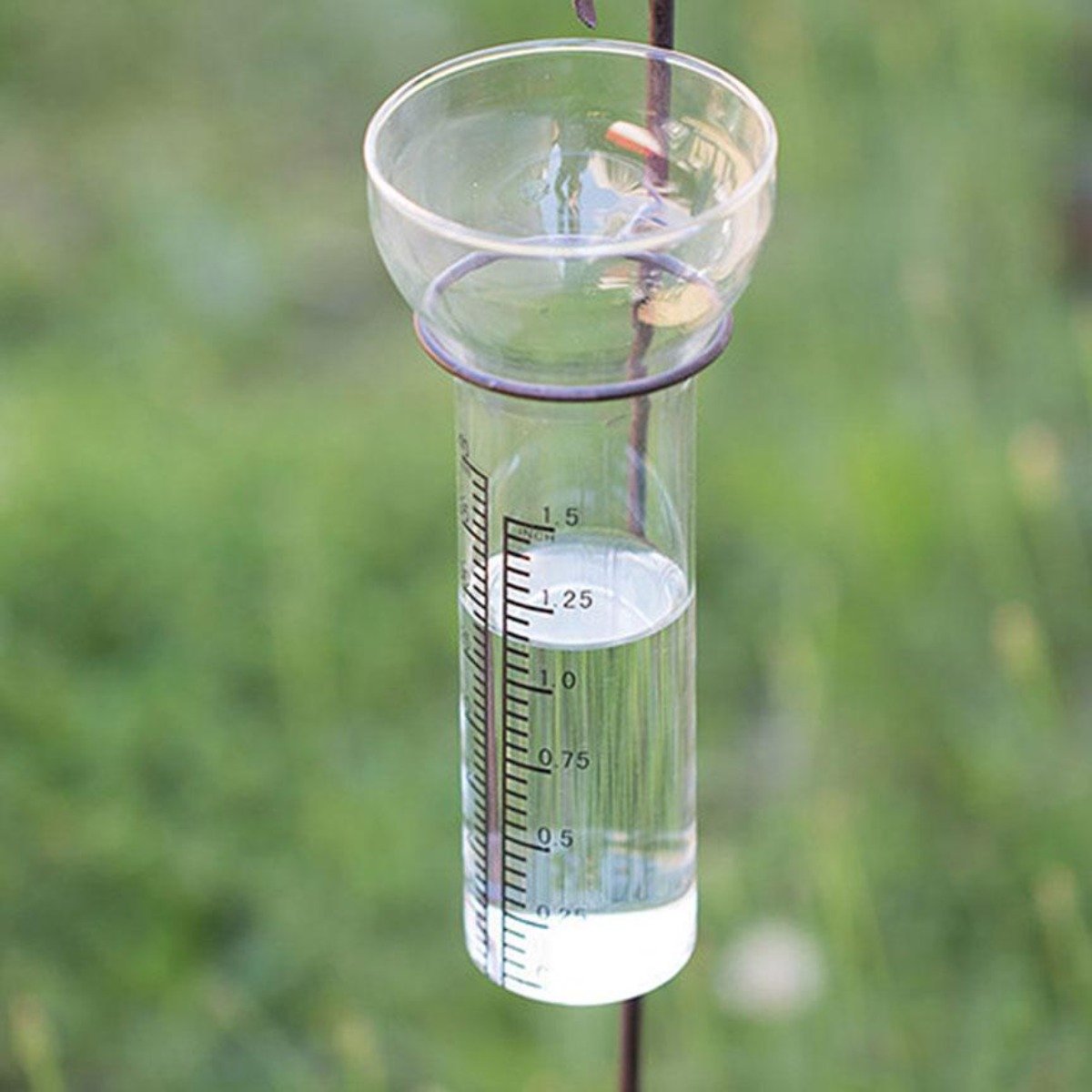Recognizing The Rain Gauge: Value, Kind, and Usage Explained
Recognizing The Rain Gauge: Value, Kind, and Usage Explained
Blog Article
How to Pick the Right Rain Gauge for Accurate Rainfall Information
To acquire trustworthy dimensions, it is crucial to select the best rain scale. Considering factors such as area, kind, and accuracy of the rainfall scale will certainly aid make sure exact data collection. Furthermore, comprehending the upkeep and calibration treatments will add to the durability and reliability of your rain scale.
Relevance of Picking the Right Rainfall Gauge
The significance of selecting the appropriate rainfall gauge exists in getting trustworthy and precise rainfall data for precise meteorological evaluation. Rain data is vital for a vast array of applications, consisting of climate forecasting, hydrological modeling, and environment study. Unreliable or undependable information can result in wrong final thoughts and flawed decision-making processes.

Secondly, the precision and precision of the rainfall scale are critical. The gauge must be able to determine rainfall with high accuracy, capturing also percentages of precipitation properly. It must likewise reduce mistakes due to evaporation, wind, and other ecological elements. Regular calibration and upkeep are important to ensure continuous precision.
Furthermore, the location and setup of the rainfall gauge are important considerations. It needs to be put in an open location, far from obstructions that could influence rains measurements. The gauge should be placed at a suitable elevation and angle to prevent splashing and make sure proper catchment of rainwater.
Elements to Take Into Consideration When Selecting a Rainfall Gauge
When picking a rainfall scale, there are numerous essential elements to consider. These variables can substantially influence the precision and reliability of the rains data gathered. The initial variable to think about is the kind of rainfall gauge. There are different types available, including standard rainfall determines, tipping bucket rainfall determines, and considering rain assesses. Each type has its very own benefits and negative aspects, so it is essential to choose one that best fits your particular demands and demands.
One more element to take into consideration is the product of the rain scale. Rain assesses can be constructed from numerous materials, such as steel, plastic, or glass. The product selected must be long lasting and immune to weather conditions, making certain that the rain gauge will certainly stand up to the elements and provide precise measurements over time.
Precision is likewise a crucial aspect to take into consideration. Look for rain determines that have been calibrated and tested for precision. Functions such as anti-splash rings and funnels can also boost the precision of the measurements.

Finally, think about the climate and atmosphere in which the rain scale will certainly be used. Various rain gauges are appropriate for various environments, so it is necessary to choose one that is proper for the problems in your area.
Different Sorts Of Rain Gauges Available
To even more check out the factors to think about when picking a rainfall gauge, it is essential to comprehend the various sorts of rainfall assesses available. There are several try this site types of rainfall determines, each with its very own benefits and negative aspects. The most common kind is the standard rainfall scale, also referred to as the cylindrical rainfall gauge. This kind includes a straight-sided cylindrical container with a funnel-shaped top. It is straightforward to make use of and provides precise dimensions of rains.
One more type of rainfall scale is the tipping container rainfall scale. As the rainfall drops right into the scale, it loads up one side of the container, causing it to empty the water and tip.
A third type of rain scale is the weighing rainfall scale. This gauge uses an equilibrium system to measure the weight of the accumulated rains. As the rain comes under the scale, it is gathered in a container linked to an equilibrium. The weight of the water is measured, and the rainfall amount is determined based on the weight. Considering rainfall determines are extremely precise yet can be extra pricey and require regular maintenance.
Lastly, there are also remote rain evaluates that use advanced technology to measure rainfall (The Rain Gauge). These assesses usage sensors and transmitters to send out data wirelessly to a central device. Remote rain determines are hassle-free for keeping track of rains in hard-to-reach locations or for large data collection
How to Figure out the Accuracy of a Rainfall Scale
One way to assess the accuracy of a rain gauge is by performing routine calibration dimensions. Calibration involves contrasting the analyses of a rainfall scale to a conventional measurement, such as a licensed rain gauge or a weather condition station with high accuracy. By contrasting the dimensions, any kind of inconsistencies or errors in the rainfall gauge can be determined and accounted for.
To conduct a calibration dimension, start by accumulating rainfall information from both the rainfall scale and the standard dimension tool over a details amount of time, such as a month. After that, compare the analyses and compute the difference between them. This distinction is referred to as the calibration error.
It is necessary to keep in mind that calibration measurements ought to be carried out consistently, as environmental factors, such as wind, debris, and temperature level, can navigate to these guys impact the accuracy of the rainfall gauge with time. By carrying out regular calibrations, any kind of modifications in the accuracy of the rain gauge can be found and changes can be made accordingly.
In addition to calibration, it is also suggested to tidy and preserve the rainfall gauge routinely to guarantee its precision. Remove any particles or blockages that may influence the accuracy of the measurements, and check for any type of indicators of damage or use that may call for repair work or substitute.
Tips for Maintaining and Adjusting Your Rain Gauge
Regular maintenance and calibration are vital for making sure the accuracy and integrity of your rain scale in gauging rainfall information (The Rain Gauge). By complying with a few basic ideas, you can make sure that your rain gauge is appropriately preserved and adjusted
First of all, it is essential to click this clean your rainfall gauge routinely to stop any kind of debris or dust from blocking the rainfall collection device. Use a moderate cleaning agent and a soft brush to gently cleanse the inside and outside of the scale. Rinse it thoroughly with tidy water and permit it to dry completely prior to reinstalling it.
Second of all, it is advised to calibrate your rain gauge a minimum of as soon as a year. Calibration includes contrasting the dimensions of your rain gauge with those of a relied on and exact referral scale. This will certainly help you determine and fix any kind of prospective mistakes in your rainfall gauge's dimensions.
To calibrate your rainfall scale, accumulate a well-known volume of water utilizing a determining container and contrast it with the measurements taped by your rainfall gauge. Readjust the readings appropriately to make sure accuracy.

Final Thought
In conclusion, picking the right rainfall gauge is crucial for getting exact rainfall data. Variables such as location, function, and budget ought to be thought about when choosing a rainfall scale.
There are different types offered, consisting of basic rainfall determines, tipping bucket rain gauges, and considering rain determines.To additionally discover the variables to take into consideration when selecting a rainfall scale, it is essential to comprehend the different types of rain determines available. The most common type is the common rain gauge, additionally known as the cylindrical rainfall scale.An additional type of rain scale is the tipping container rainfall gauge. Calibration involves comparing the analyses of a rain scale to a standard measurement, such as a licensed rain gauge or a climate terminal with high accuracy.
Report this page